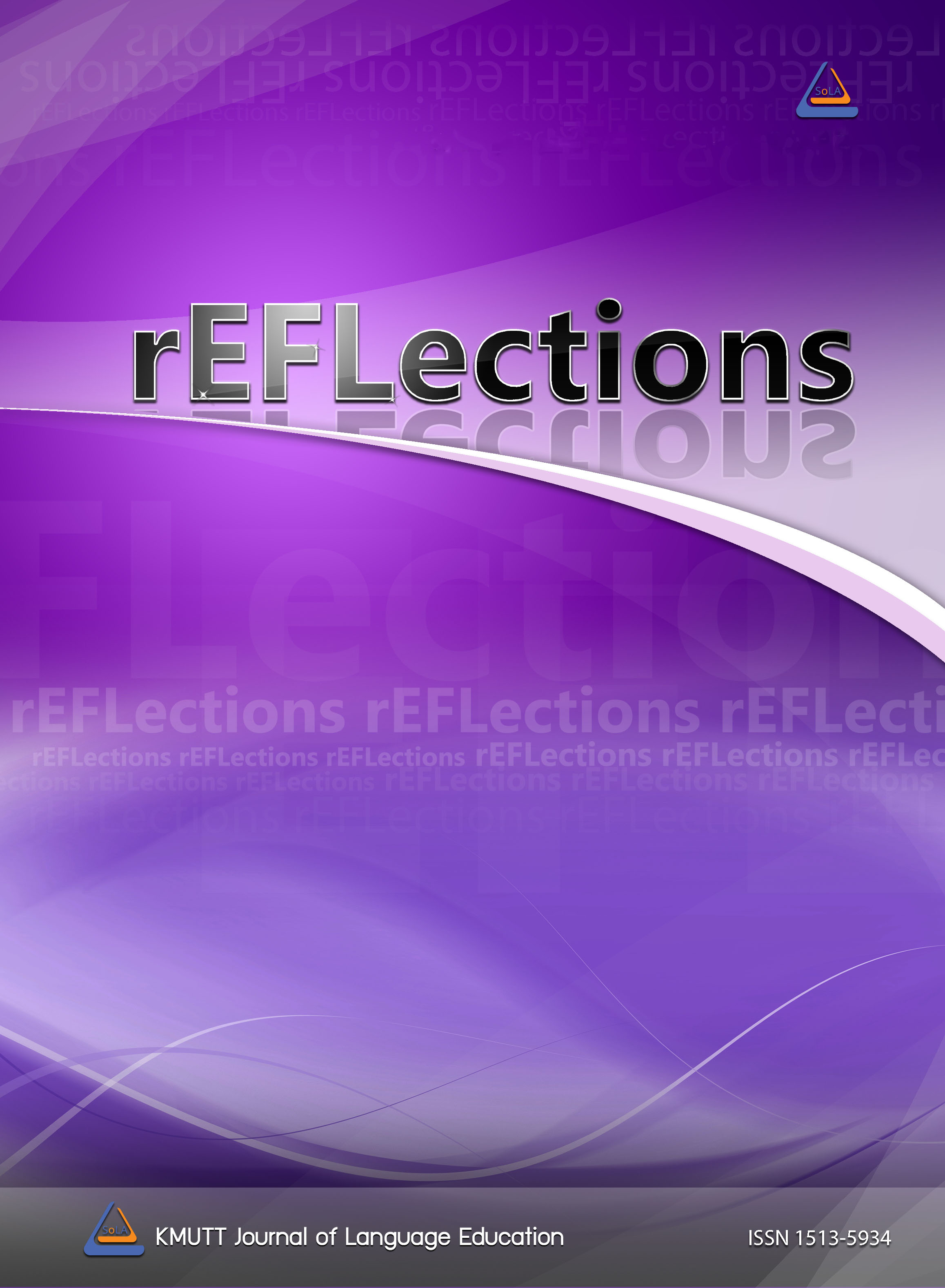Translating Innocence: A Case Study of English-Thai Translations of John Boyne’s The Boy in the Striped Pyjamas and Emma Donoghue’s Room
Main Article Content
Abstract
This article discusses the English-to-Thai translations of two contemporary novels: Room by Emma Donoghue and The Boy in the Striped Pyjamas by John Boyne. These two selected texts present some linguistic challenges to the translators because of the narrations which are meant to reveal the innocent perspectives of young children. Since the main characters in both stories are too young to fully comprehend the adverse situations they are faced with, the language used in the narratives concomitantly exhibits linguistic peculiarities highlighting the discrepancy between the reality and the characters’ viewpoints. What merits a close examination is how such peculiarities are transposed to the translated versions. Do the Thai translations of both novels successfully convey the innocence of the protagonists embodied in the language of the source texts? In addressing these questions, our discussion will incorporate the concept of equivalence in tandem with verbal incongruity to analyze the transferal of meanings from the source texts to the translated texts in the target language.
Article Details
References
Attardo, S. (1994). Linguistic theories of humour. Mouton de Gruyter.
Attardo, S. (2017). Humor in language. In M. Aronoff (Ed.), Oxford research encyclopedia. Oxford University Press. https://oxfordre.com/linguistics/view/10.1093/acrefore/9780199384655.001.0001/acrefore-9780199384655-e-342
Binhasan, C. (2013). Translation of Emma Donoghue’s Room [Master’s thesis]. Chulalongkorn University.
Bühler-Niederberger, D. (2015). Innocence and childhood. In H. Mon tgomery (Ed.), Oxford bibliographies in childhood studies. Oxford University Press. https://www.oxfordbibliographies.com/view/document/obo-9780199791231/obo-9780199791231-0161.xml
Boyne, J. (2006). The boy in the striped pyjamas. David Fickling Books.
Boyne, J. (2014). The boy in the striped pyjamas (W. Tantulakorn, Trans.). Praew Publishing. (Original work published 2006)
Caracciolo, M. (2016). Strange narrators in contemporary fiction: Explorations in readers’ engagement with characters. University of Nebraska Press.
Chiaro, D. (2010). Translation and humour, humour and translation. In D. Chiaro (Ed.), Translation, humour and literature (pp. 1-29). Continuum.
Donoghue, E. (2012). Room (Punn, Trans.). Praew Publishing. (Original work published 2010)
Donoghue, E. (2015). Room. Picador.
Dore, M. (2017). Narrative strategies and mind style in Emma Donoghue’s Room. In D. Montini (Ed.), Fictions: XVI 2017 (pp. 61-74). Fabrizio Serra Editore.
Eagleton, T. (2013). How to read literature. Yale UP.
“history, n.” (2020). OED online. Oxford University Press. www.oed.com/view/Entry/87325. Accessed 1 December 2020.
Kierkegaard, S. (2009). Concluding unscientific postscript to the philosophical crumbs. Translated by Alastair Hannay. Cambridge University Press. (Original work published in 1846)
Krashen, S. (1985). The input hypothesis: Issues and implications. Longman.
Lesnik-Oberstein, K. (2005). Defining children’s literature and childhood. In P. Hunt (Ed.), International Companion Encyclopedia of Children’s Literature (pp.15-29). Routledge.
Long, M. (1996). The role of the linguistic environment in second language acquisition. In W. Ritchie & T. Bhatia (Eds.), Handbook of second language acquisition (pp. 413-468). Academic Press.
Marcus, G. F., Pinker, S., Ullman, M., Hollander, M., Rosen, T. J., Xu, F., & Clahsen, H. (1992). Overregularization in language acquisition. Monographs of the Society for Research in Child Development, 57(4) [Serial No 228], i–182. https://doi.org/10.2307/1166115
Mørk, K. L. (2017). Voices from a void: The holocaust in Norwegian children’s literature. In J. Boase-Beier et al (Eds.), Translating holocaust lives (pp. 171-194). Bloomsbury.
Nida, E., & Taber, C. R. (1982). The theory and practice of translation. Brill.
Oittinen, R. (2006). No innocent act: On the ethics of translating for children. In J. Van Coillie & W. P. Verschueren (Eds.), Children literature in translation: Challenges and strategies (pp. 35-46). Routledge.
Pym, A. (2014). Exploring translation theories. Routledge.
Raskin, V. (1985). Semantic mechanisms of humor. D. Reidel.
Raskin, V. (2017). Script-based semantic and ontological semantic theories of humor. In V. Raskin (Ed.), The Routledge handbook of language and humor (pp. 109-125). Routledge.
Schopenhauer, A. (2010). The world as will and representation: Volume 1. Translated by Judith Norman, Alistair Welchman, and Christopher Janaway. Cambridge University Press. (Original work published in 1818)
Skinner, B. F. (1957). Verbal behavior. Appleton-Century-Crofts.
Swain, M. (1995). Three functions of output i n second language learning. In G. Cook & B. Seidlhof er (Eds.), Principles & practice in applied linguistics. Oxford University Press.


